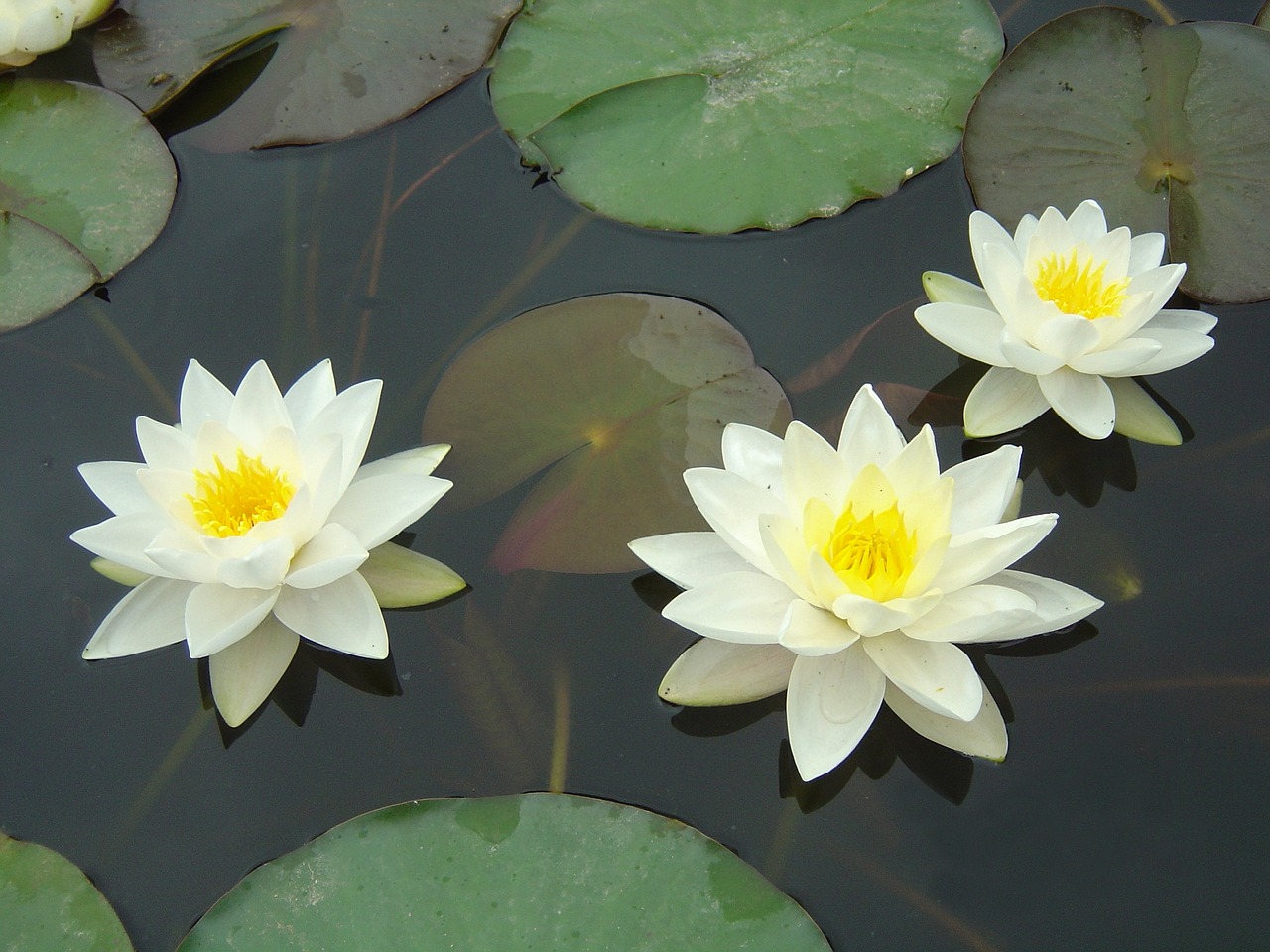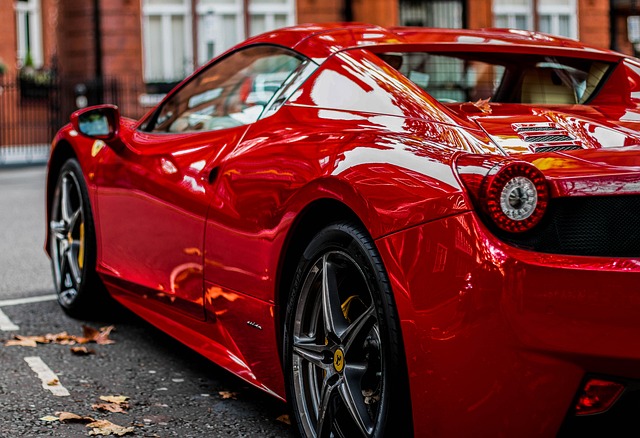Researchers from the University of Granada and the Max Planck Institute for Biological Intelligence have discovered that bird species thriving in cities tend to have more colorful plumage. Their study, published in Ecology Letters, reveals that these urban birds often show more blue and less brown in their feathers.
What the Study Revealed
By analyzing a global database of bird species, the researchers found a clear pattern: birds that succeed in urban environments often display blue, dark grey, and black feathers. In contrast, species with browner or yellower plumage appear less frequently in cities. This suggests that urban pressures—such as the need to communicate, blend in, or regulate body temperature—are influencing bird coloration.
A Shift From Previous Findings
Interestingly, this research challenges earlier findings. For example, a previous study on great tits (Parus major) across Europe showed that urban birds often look duller than their rural counterparts. Researchers attributed this “urban dullness” to pollution and reduced access to carotenoid-rich food, which influences feather color.
Why Color Matters in Cities
As a result, more vibrant birds may attract mates more successfully, defend territory more effectively, or simply stand out in manmade surroundings. Therefore, these adaptive traits suggest that urban environments are actively shaping how birds look and behave.
Implications for Conservation and Urban Planning
Ultimately, this research highlights that urbanization not only changes bird habitats—it also influences their physical traits. Consequently, by understanding these adaptations, urban planners and conservationists can design better spaces that support bird biodiversity and help various species thrive in cities.






